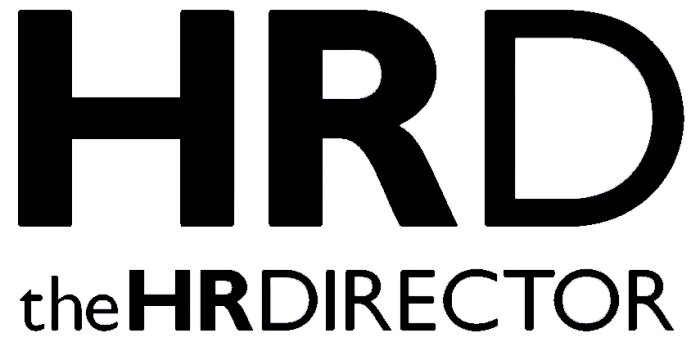Research shows that although 85% of employers record the sickness absence of their staff, only 63% measure the impact that employees’ sick leave has on their business. GRiD warns that counting sickness days alone is not enough as it doesn’t allow the employer to spot issues, make any strategic changes to mitigate the impact or, ideally prevent it in the first place.
Katharine Moxham, spokesperson for GRiD, said: “It’s surprising that some employers do not record absence at all, but concerning that so many don’t appreciate the benefit of understanding how staff absence affects their organisation.
“It is possible to manage sickness absence effectively, and prevention is always better than cure.”
Measuring sickness absence more difficult in hybrid working era
GRiD acknowledges that measuring sickness absence can be difficult, especially in the current hybrid working era, as many members of staff will not be so visible, or may have more erratic working patterns. In addition, where employees may have previously taken sick leave when feeling under the weather, they may now want, or feel compelled, to work for a few hours or a short day when working from home. Not only is this more complex for employers to monitor but it is also difficult to record.
Of those who do manage to measure the impact that sickness absence has on their business, the top five metrics they measure are:
- The cost of lost time e.g. hours/days (56% of employers measure this)
- The cost of sick pay provision e.g. Statutory Sick Pay and salary costs (measured by 46% of employers)
- The cost of lost productivity (measured by 46% of employers)
- Indirect costs, such as colleagues covering work, learning time, management time (measured by 38% of employers)
- Direct costs such as for temps and agency fees (measured by 35% of employers)
Although measuring the monetary value of lost time is more helpful than simply recording the cumulative length of absences, it ideally needs to be related to other areas to create a more rounded picture of the full impact to the business.
Katharine Moxham continued: “No matter how an organisation records and manages its staff absences, one thing that unites all employers is the need to reduce staff sick days and in turn reduce the impact on the organisation as a whole.”
There is a lot of support for this within employee benefits which can provide really comprehensive support to tackle staff absence including early intervention, prevention, vocational rehabilitation and signposting to additional support.
Katharine Moxham concluded: “We advocate employers working closely with their employee benefits providers and advisers to determine the best methods to manage staff absence and to support staff back into the workplace. This works at both a macro level when analysing data and trends but also at individual employee level when helping specific staff to make a safe and successful return to the workplace. There’s a lot of support available to help with absence management within health and wellbeing benefits, and especially within group risk benefits (employer-sponsored life assurance, income protection and critical illness). It makes sense to utilise it to the full.”
Research from GRiD







